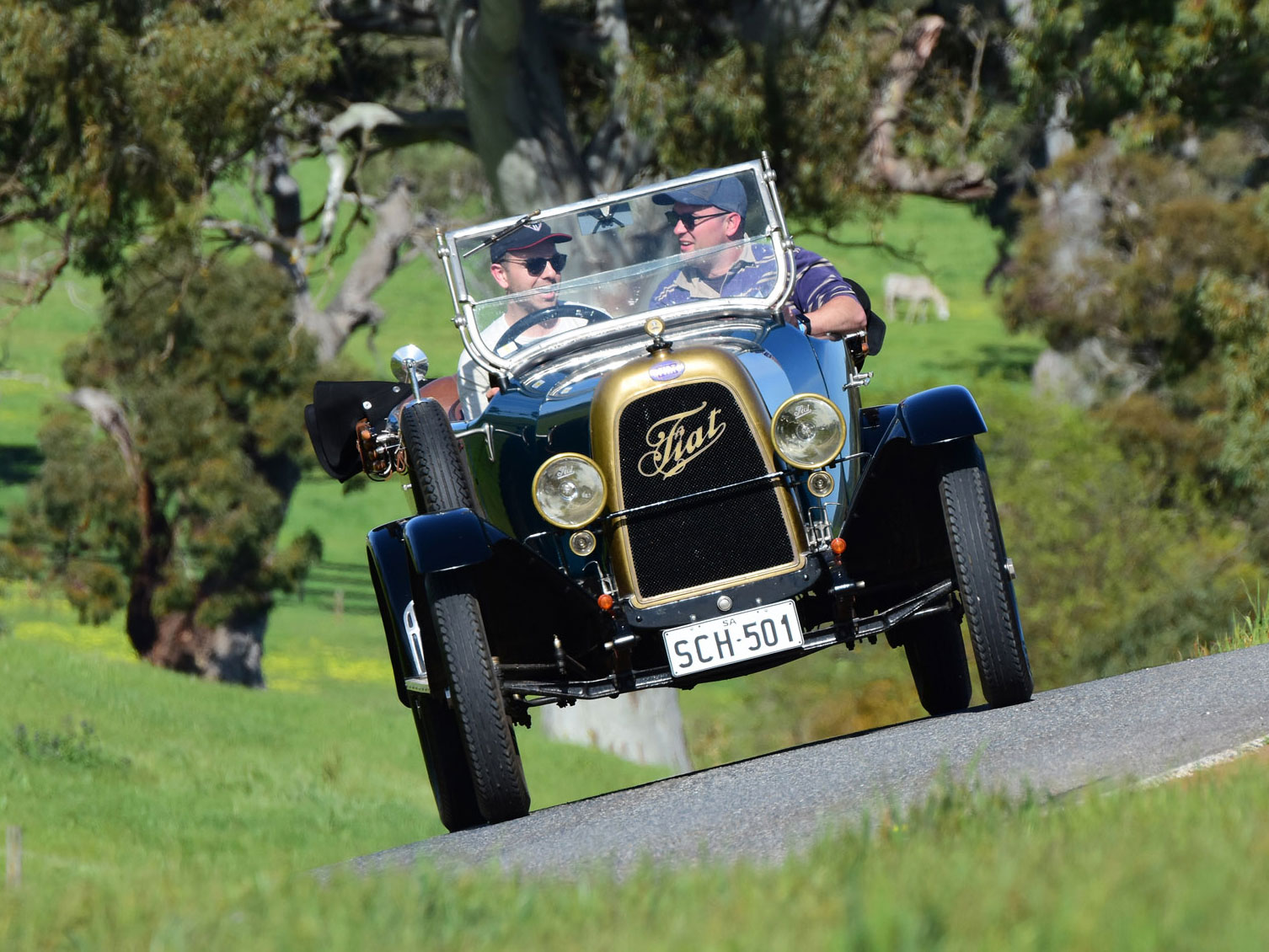
Brodie Bishop’s Fiat 501 turns 100 next year but certainly doesn’t look it. It was shipped from Italy to Adelaide Motors in 1923 as a right hand drive rolling chassis and bodied as a four-door tourer nearby at Mile End by Horwood Bagshaw. Brodie Bishop and Daniel Clarke have a go.
Photos and captions by Vince Johnson
Additional text by VeloceToday Staff
Vince Johnson did a brief on this remarkable Fiat photographed at the Barossa Vintage Collingrove Hillclimb in South Australia October 2. It is enthusiastically invigorating to see such a nice old Fiat in use, particularly when the car was purchased by Brodie Bishop when he was only 15, and he then embarked upon a restoration which was finished some 10 years later. Brodie is still only 29! This prompted us to find out more about this now rare Fiat model and add a bit to Vince’s excellent captions.
The post WWI Fiat models are confusing, numerous and often ignored. Yet the 501 is undoubtedly one of the most significant cars of its era.
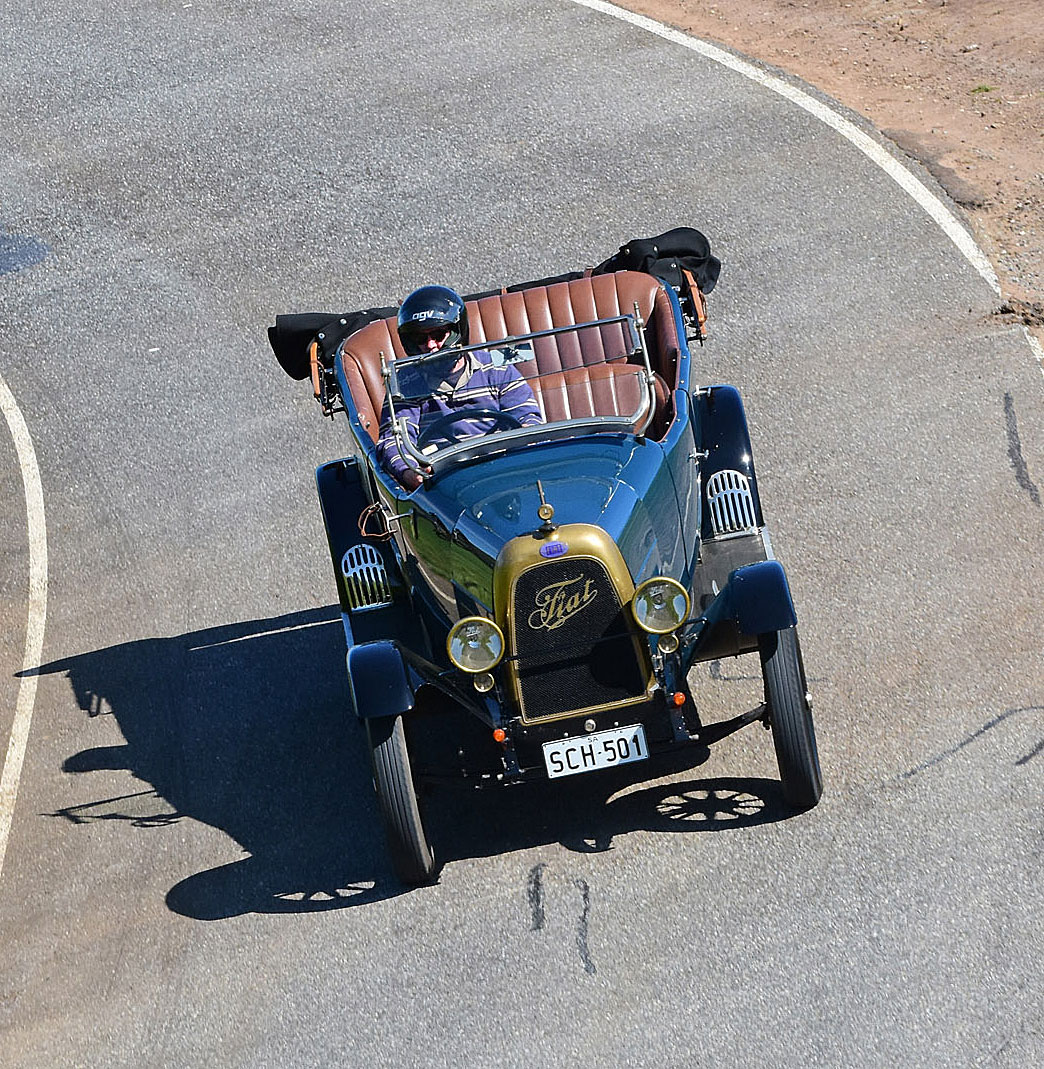
Daniel Clarke in the Fiat 501. Said owner Brodie Bishop, “For the hill we took the spare wheel off and the back seat out and with no passenger we were surprised how easily it made it to the top.”
Fiat prospered in the 1920s on all fronts. With the new 501 they added a quality small car to their traditional line of big limousines and increased exports around the world (aside from the U.S.) Part of their success was due to what Michael Sedgwick called the ‘Ministry of Talent’, the competition engineering department “…which reads like a Who’s Who of European automobile design -Guido Fornaca, Carlo Cavalli, Walter Becchia, Vincenzo Bertarione, G.C. Cappa, Vittorio Jano and Tranquillo Zerbi.”
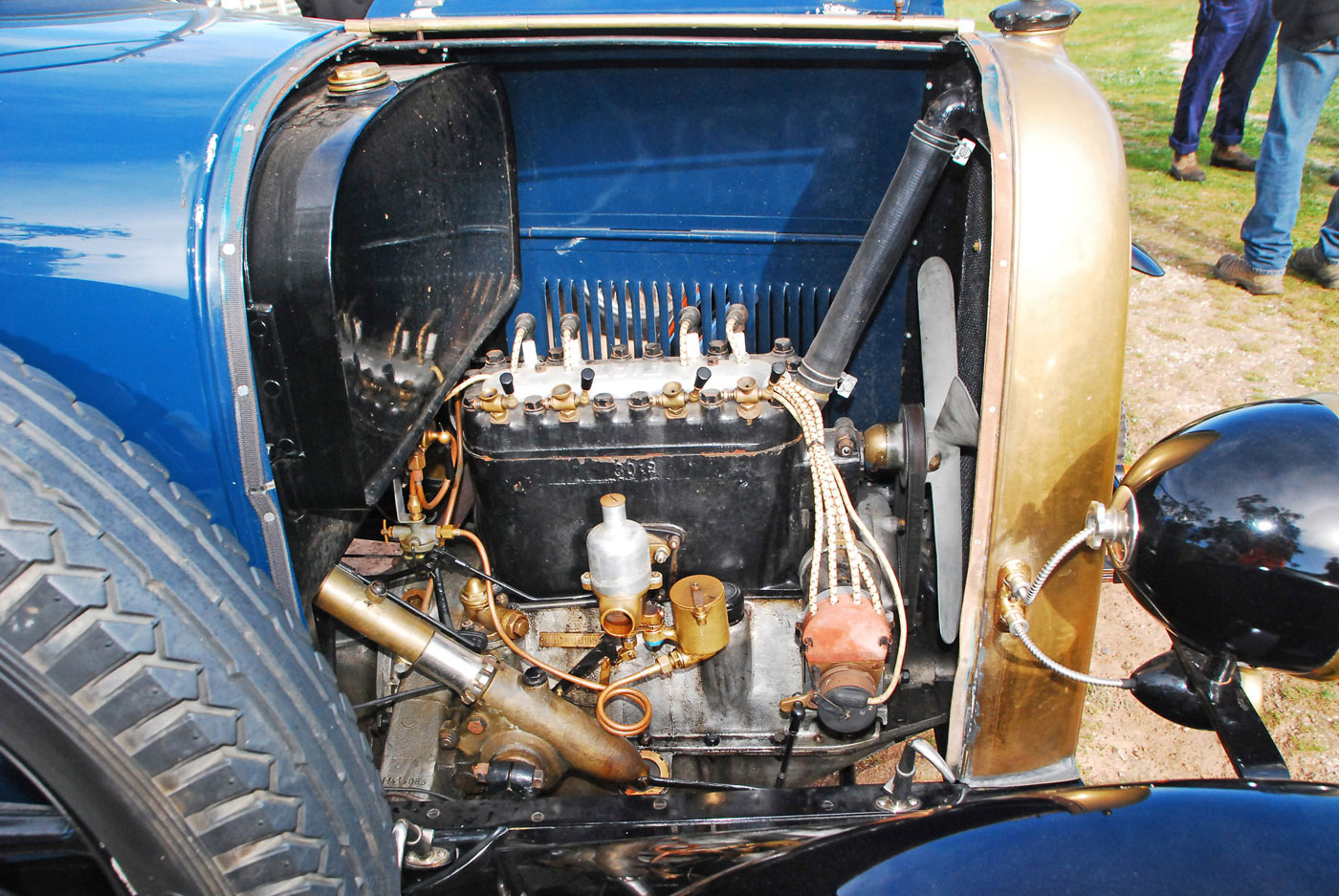
Fiat 501 engine displaced 1460cc. “The valve seats aren’t hardened so I use a lead additive. It will rev to maybe 3500rpm and it can see 75kph (45mph),” remarked Brodie.
It was Cavalli who was reportedly responsible drawing up the new small car. Not a small small car, for that was the 500, a stillborn 1 liter design that was considered too far ahead of its time. The 501 would be larger and heavier with an emphasis on reliability. The side valve 1460cc had a bore of 65mm and stroke of 110mm and the initial version put out 23 bhp at 2600 rpm mated to a four speed transmission capable of pulling up Alpine passes. Going down was perhaps more difficult, with only rear drum brakes operated mechanically. Suspension was semi-elliptic springs front and rear, wheelbase 2650 mm. Weight varied with coachwork but was never light.
This was the basic 1919 version, but for the most part, the specs changed little over the car’s run which ended in 1926 after roughly 67,000 501s in all guises were produced.
There was a 501 S version with increased horsepower with a 75 mph top speed, as well as an SS model. Around 2600 of the sports model were produced. We noted a small but significant sentence in All The Fiats: “The last version, with a twin overhead camshaft 1.5 liter engine was also successful in competition.” No other information could be found on this however.
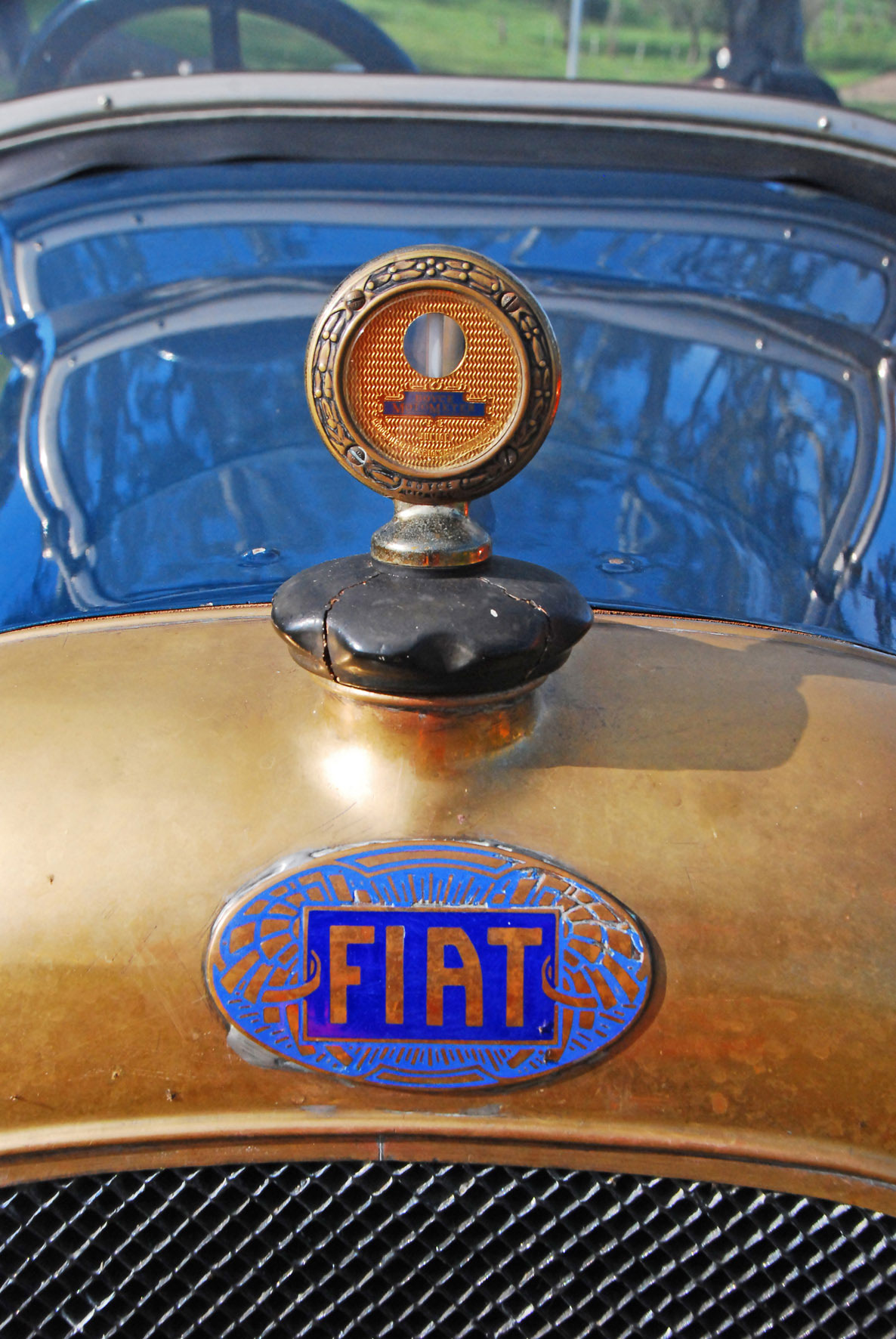
“It had been stored under cover when the differential gave up,” Brodie pointed out. “It still had its Italian bonnet (hood) and 90% of the Australian body could be saved. Sensibly all the metal had been coated with red oxide so only the floor had to be replaced, but the roof and seats were gone.” It was back on the road in 2016 and since then has covered over 10,000km.
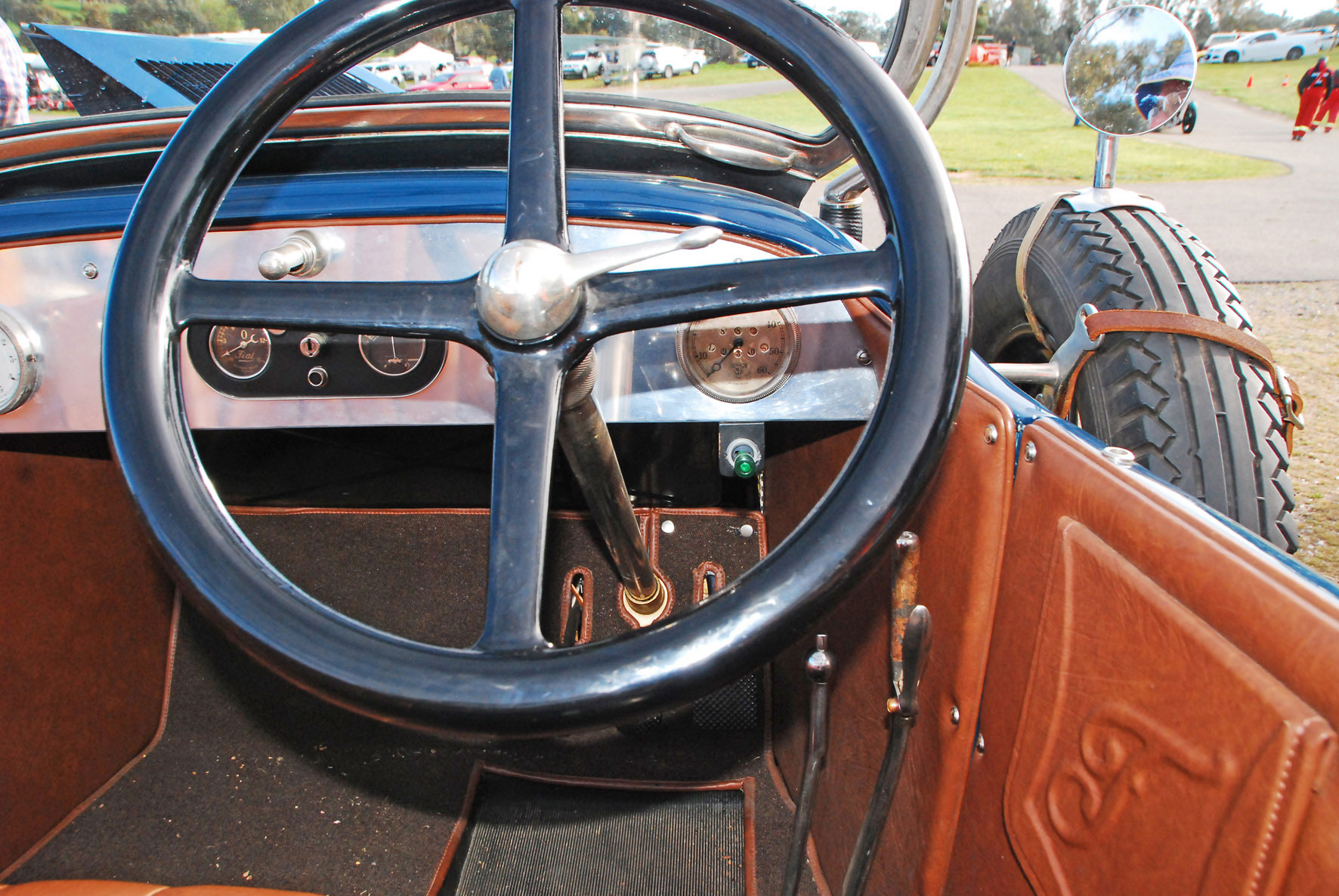
Brodie has the car’s original handbook and found it spent its early days on the state’s west coast Eyre Peninsula with the Schirmer brothers, hence the number plate it is now registered with. One of the brothers is said to have had a girlfriend in the Barossa Valley so the 1,000km (600mi) round trip would have figured prominently in the Fiat’s history. Always a South Australian, by the 1980s it had made its way to Gladstone in the state’s mid-north, then to Nuriootpa in the Barossa wine country. Brodie was 15 when he acquired the car and commenced its ten-year restoration.
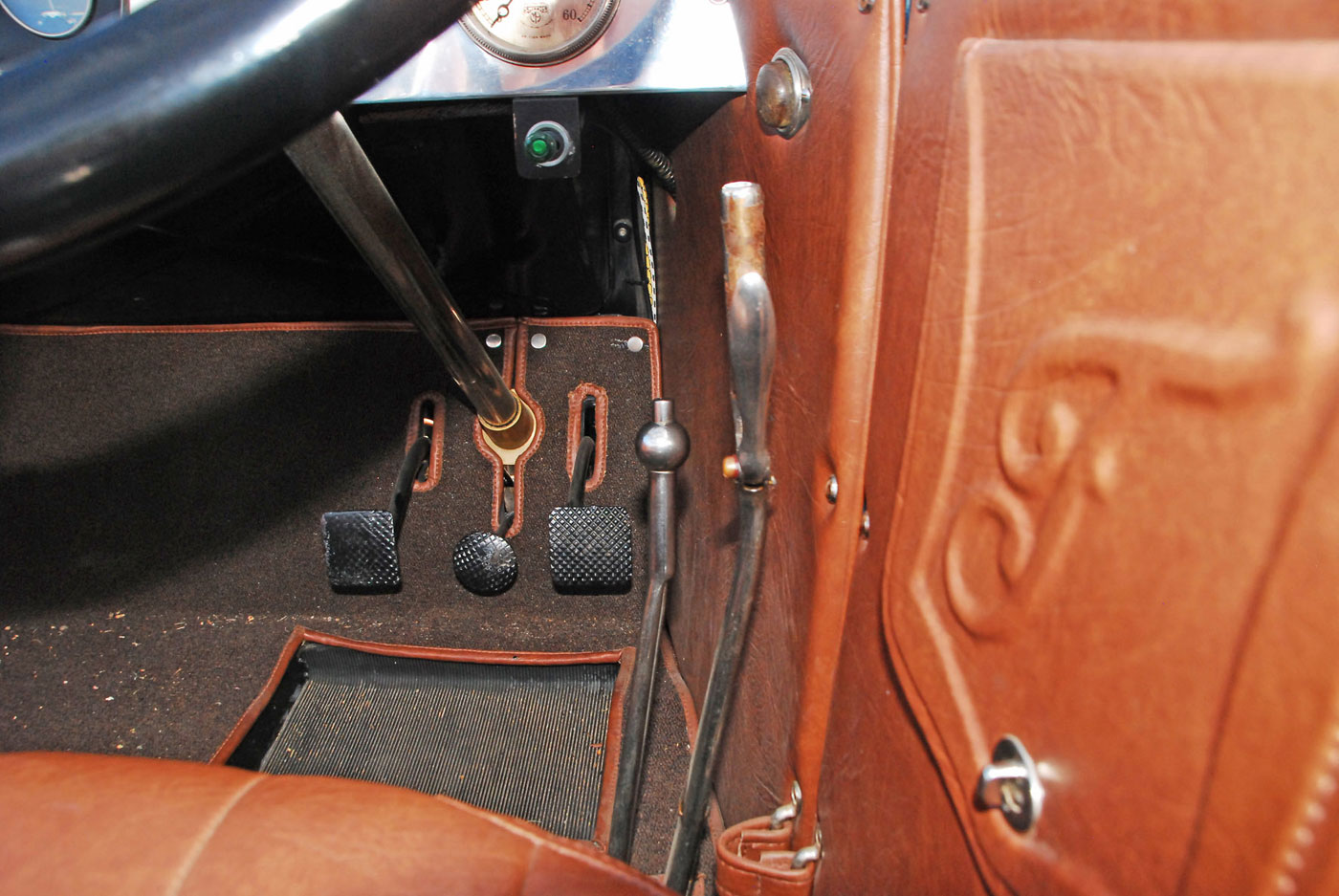
“The steering is quick and the 19-inch wheels with skinny tyres make it quite light. The two rear brake drums are cast iron and you can lean on the pedal, you just have to remember it’s the one on the right.”
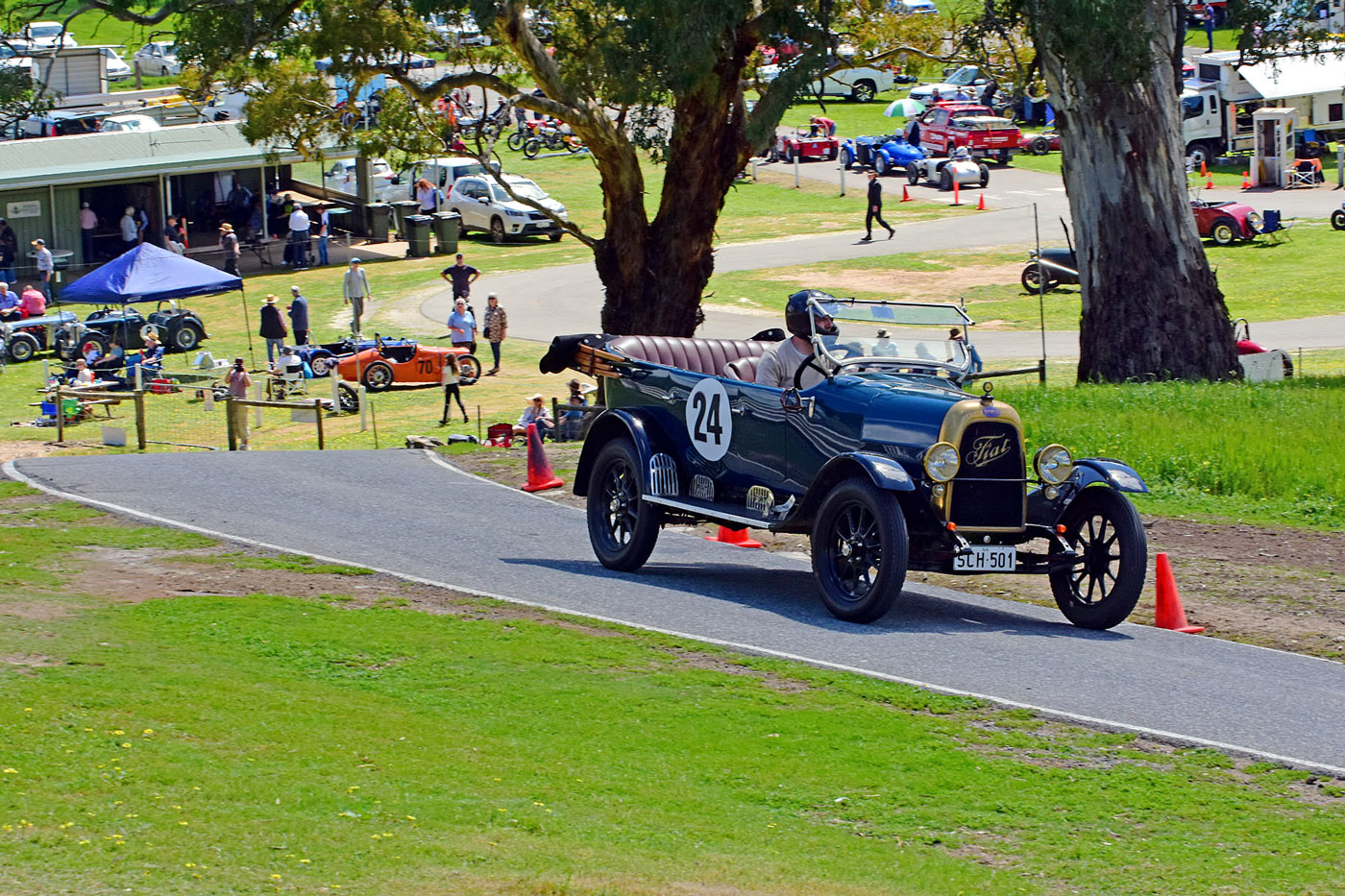
Brodie Bishop and the Fiat 501 had perfect spring weather in the Barossa Valley for the Sporting Car Club of South Australia’s annual historic hillclimb at Mount McKenzie.
Non internet sources:
Fiat, Michael Sedgwick, Arco Publishing, 1974
Fiat, the first 50 years, David Beare, Stinkwheel, 2019
All The Fiats, Domus, 1970
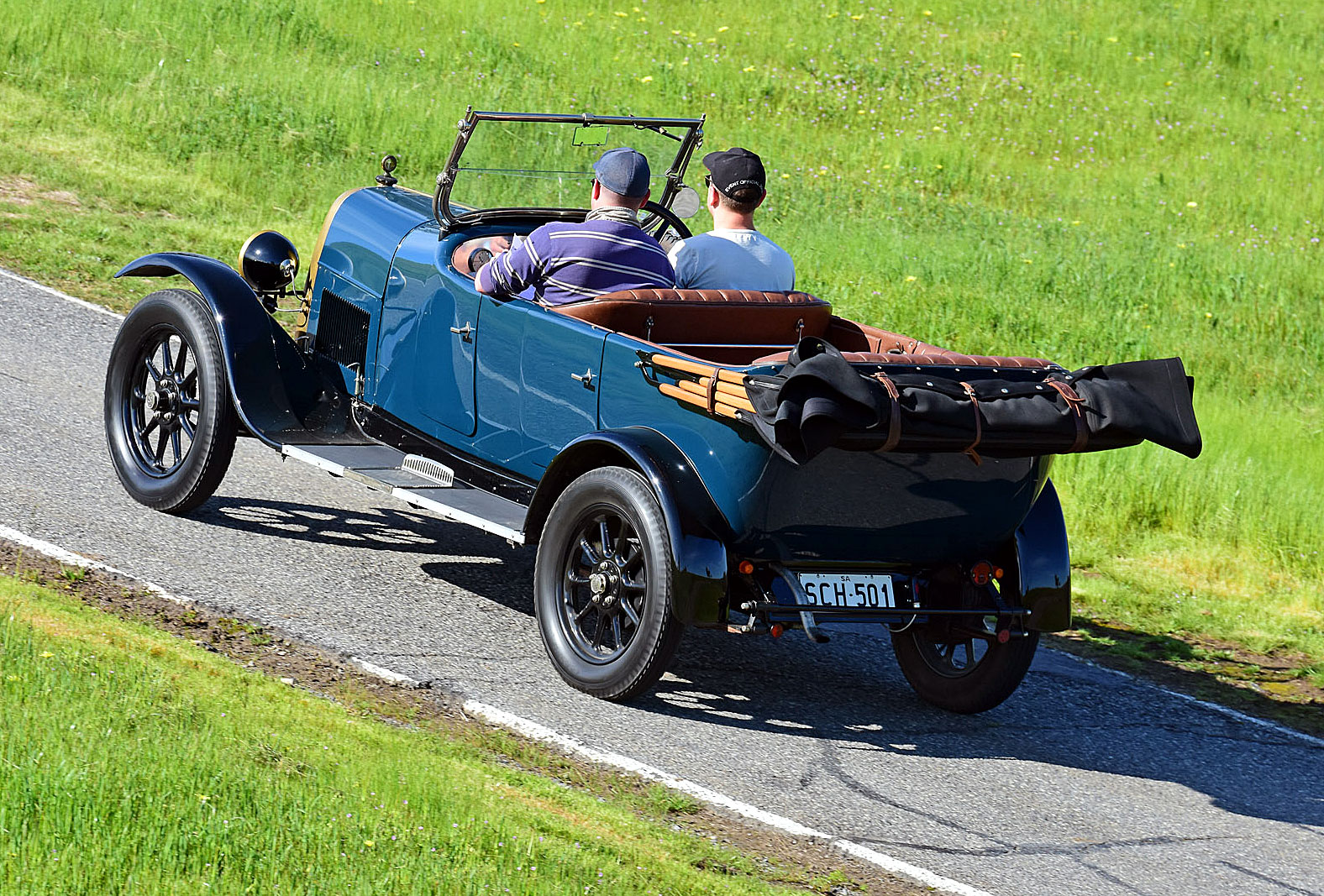
A magnificent car and he did it all himself. Not many of us can say that!
BTW: The colour is so magnificent I asked Brodie if I could ‘borrow’ the colour for my 7th Lambda restoration: He was only too happy to have a door off so I could have the colour scanned and replicated: We have never had the two cars together to see how close the match is!
Nice to see. We have a 1924 Holden bodied 501C FIAT that we have owned for 50 years and the complete restoration took 27 years. Delightful to drive and now on it’s third set of tyres, it has been to the Bay to Burswood, all around Tasmania ant to most parts of coastal Queensland. Can’t leave a picture here but we love “Rosa” dearly.
Great to see the old Girls restoration completed and on the road.
I am restoring a 1921 Fiat 505 so this has given me encouragement to finish the restoration so l can also enjoy driving down the road. Approx 65% complete
Iain commented on the color, you might compare it to the Triumph Florentine Blue from the 1970s, looks close to me.
Meanwhile over at the Australian Motorlife Museum we are nearly finished restoring a rare mid-twenties fabric bodied Fiat. It has a small plaque that states it was made by Carrozzeria Fiat under licence from Weymann. I will send some photos with a story when it is completed.